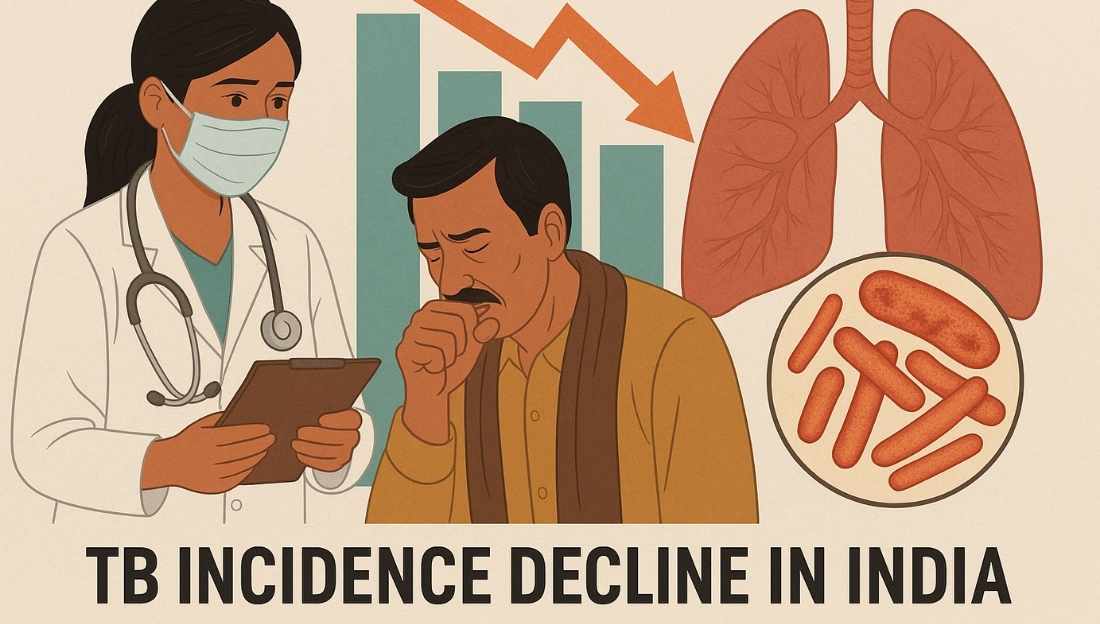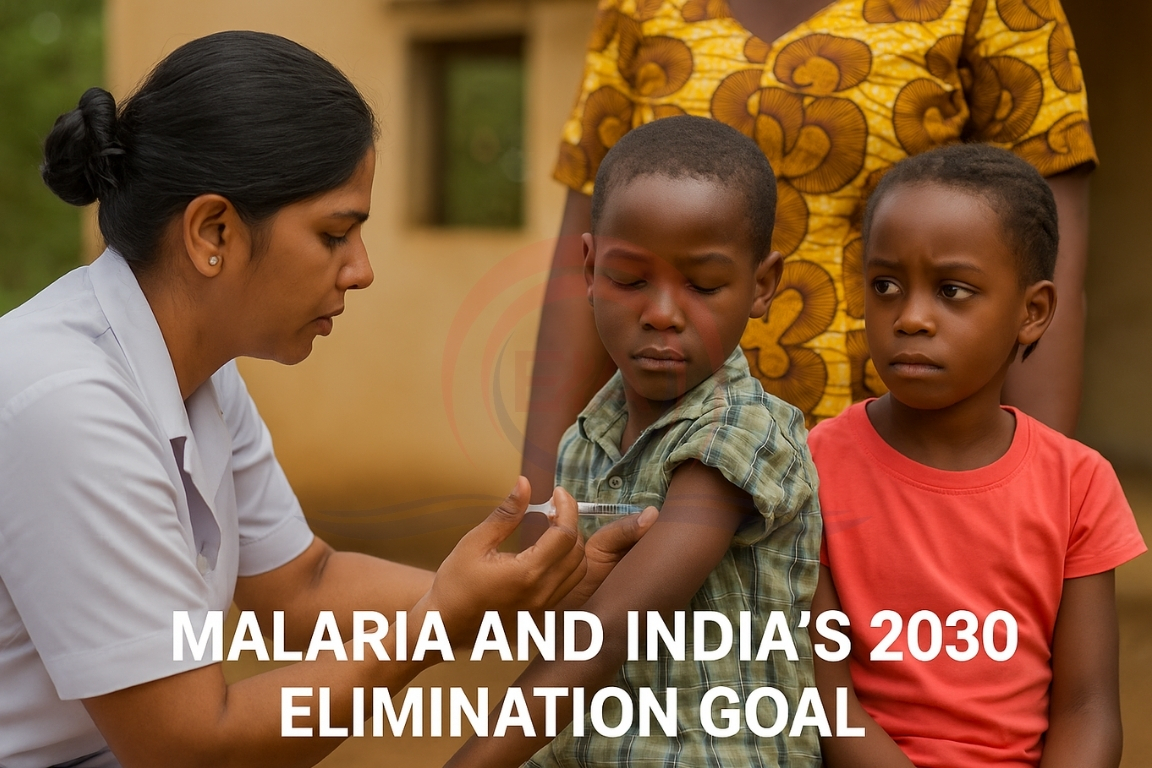Recent data indicates that India is making rapid progress toward reducing TB burden through improved diagnosis, treatment, and community-based interventions.
India’s Progress in TB Reduction
- TB incidence down by 21% (2015–2024).
- TB mortality reduced by 46%, from 28 per lakh in 2015 to 21 per lakh in 2024.
- Treatment coverage increased from 53% (2015) to 92% (2024).
- Treatment success rate under the TB Mukt Bharat Abhiyan rose to 88%, among the highest globally.
- “Missing cases” dropped from 15 lakh (2015) to less than 1 lakh in 2024, due to community screening and digital monitoring.
Reasons for India’s Improvement
- Adoption of a community-driven TB elimination model.
- Expansion of active case finding, especially among vulnerable groups.
- Use of digital adherence tools, improved diagnostics like CB-NAAT, and patient-centric treatment.
- Nationwide mobilisation through Panchayats, ASHA workers, NGOs, and TB champions.
Government Measures
- National TB Elimination Programme (NTEP) aiming for TB-free India by 2025.
- Nikshay Poshan Yojana: Monthly nutrition support to TB patients.
- Nikshay Mitra Scheme: Community members adopt TB patients and provide food, care, and support.
- Drones & digital tools for medicine delivery and monitoring.
- Strengthening diagnostic infrastructure with rapid molecular testing machines in districts.
- Private sector engagement to increase notification and standardised treatment.
TUBERCULOSIS (TB)
What is TB?
- TB is an infectious disease caused by the bacterium Mycobacterium tuberculosis.
- It mainly affects the lungs (pulmonary TB) but can also impact bones, brain, kidneys, and other organs.
- TB spreads through airborne droplets when an infected person coughs, sneezes, or talks.
Spread of TB in India
How TB Spreads
- Through close and prolonged contact with an infected person.
- Inhaling tiny TB bacteria droplets expelled from coughing or sneezing.
- Living in crowded, poorly ventilated spaces increases infection risk.
- TB does not spread through food, water, shaking hands, or sharing utensils.

Treatment:
- Drug-Sensitive TB (DS-TB): This is the most common and easiest to treat form of TB.
- Medicines Used (First-Line Drugs): Isoniazid (H), Rifampicin (R)
- Drug-Resistant TB (DR-TB): Occurs when TB bacteria stop responding to one or more first-line drugs.
- Multidrug-Resistant TB (MDR-TB): Resistant to Isoniazid + Rifampicin.
- Medicines Used (Second-Line Drugs) Fluoroquinolones (Levofloxacin, Moxifloxacin), Bedaquiline (BDQ)
- Extensively Drug-Resistant TB (XDR-TB): MDR-TB + resistance to fluoroquinolones and another key drug.
- Medicines Used: High-dose Linezolid, Bedaquiline
Conclusion
India’s rapid reduction in TB incidence is a landmark achievement, showing the success of community participation, technological innovation, and robust public health policies. Continued focus and sustained financing will be essential for achieving the goal of eliminating TB by 2025 and strengthening India’s healthcare system.
This topic is available in detail on our main website.





